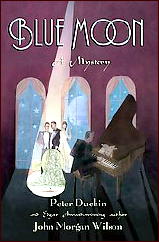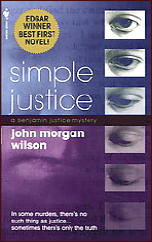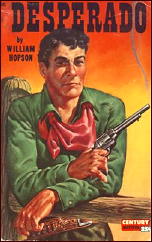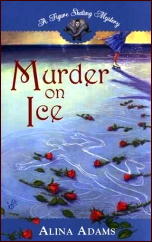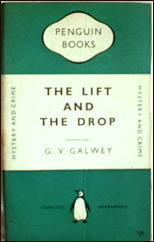Wed 26 Dec 2012
Reviewed by Dan Stumpf (Book/Film): THE COUCH (1962).
Posted by Steve under Crime Films , Reviews[2] Comments
THE COUCH. Warner Brothers, 1962. Grant Williams, Shirley Knight, Onslow Stevens, William Leslie, Anne Helm. Screenplay by Robert Bloch, based on a story by Blake Edwards & Owen Crump. Director: Owen Crump.
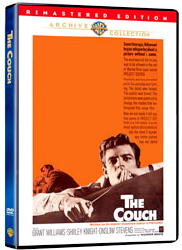
ROBERT BLOCH – The Couch. Gold Medal s1192, paperback original, based on the film of the same title, 1962.
I spent last October reading ghost stories and watching old monster movies, as I usually do, and I like to close out a month like that with some Robert Bloch, so this year I picked The Couch, the 1962 Warners film and Bloch’s tie-in novelization (Gold Medal, 1962) of the screenplay he wrote with Blake Edwards and producer/director Owen Crump.
Which makes me wonder who was responsible for spinning a story out of what is essentially a shaggy-dog joke; imagine the set up: a guy walks down the street, murders a perfect stranger, then hurries to his psychiatrist’s office to talk about his mental problems.
The film that results could hardly be called stylish, but The Couch has a certain blunt impact I found hard to resist. Director Crump (also a writer and producer in his time, mostly of shorts and TV shows) puts the images on screen with a minimum of fuss—no tricky camera angles or long takes—but with admirable efficiency, probably thanks to cinematographer Harold Stine, who cut his teeth on TV shows like Dick Tracy and Superman.
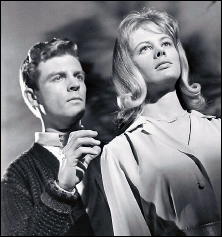
As far as the story goes, it’s as fast and simple as the direction, with David, a mental patient just released from Prison, seeing a psychiatrist as a condition of his parole, and passing his time with random killings just before each visit — which probably beats reading old magazines, but still….
As the story proceeds, though, we get more than a loose catalogue of killings as the narrative is pegged to the things David’s shrink (and we the viewers) learn about him and his motives for mayhem. Or maybe what we think are his motives. Or maybe what David thinks are his motives, as the story turns into a tricky game of mental cat-and-mouse: the psychiatrist’s search through David’s psyche mirroring the Police hunt for the killer.
The acting, like the directing, is generally efficient and unfussy, but Grant Williams (best remembered as The Incredible Shrinking Man) plays the killer with a hysterical charm that adds nicely to the tension; one never knows whether (or when) he’s going to be the All-American Clean-Cut Boy or the Out-of-Control psycho, and he conveys both aspects of the character energetically and artfully enough to make one wish his career had gone further.
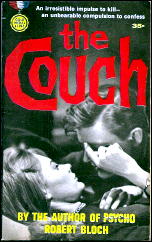
And speaking of the cast, I should add that the perplexed psychiatrist at the center of it all is played by none other than Onslow Stevens. To most folks that is hardly a name to conjure with, but he is known to fans of old monster movies as the last Mad Scientist of Universal’s grand old days, in the delirious House of Dracula, where he contended with Dracula, the Wolf Man and Frankenstein’s Monster, carrying his part with the seriousness proper for a final farewell.
Moving on to Bloch’s novelization of this, I was impressed that he put more effort into it than it really needed, and came out with a book worth reading in itself. Bloch adds a subtle sexual context to the tale where the movie couldn’t (not in 1962 anyway) and he takes time out to carp about the L.A. traffic and the collapse of civilization in general.
There are even a couple of eerily prescient bits where Bloch looks into the minds of people hearing about the serial killings and describes reactions—ranging from normal shock to paranoid fantasy — that seem to strangely pre-echo those of today (Events caught up to me as I wrote this.) However much I like Robert Bloch, I never thought of him as a writer for the ages until I read this and reflected sadly on how short a distance we’ve come in fifty years.
